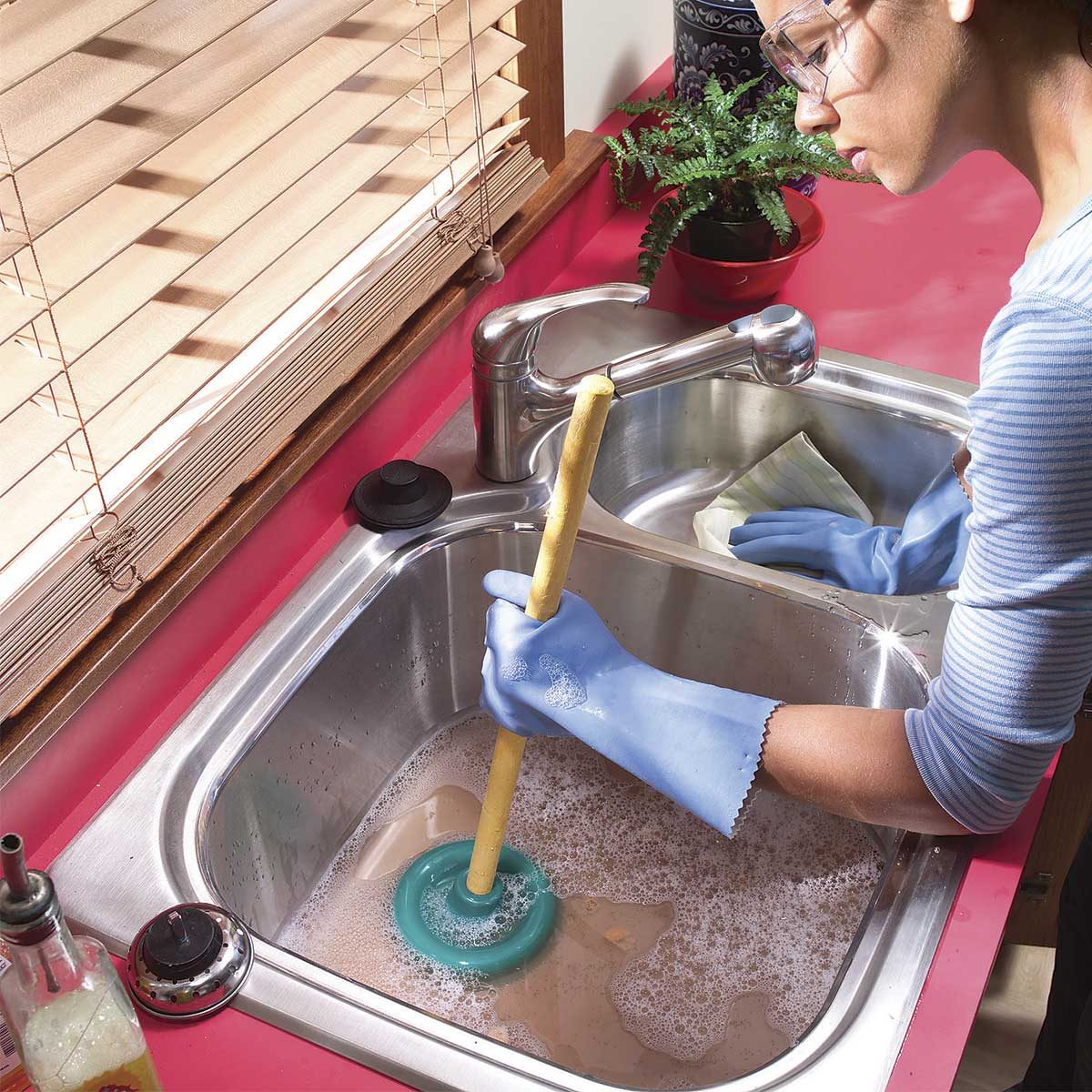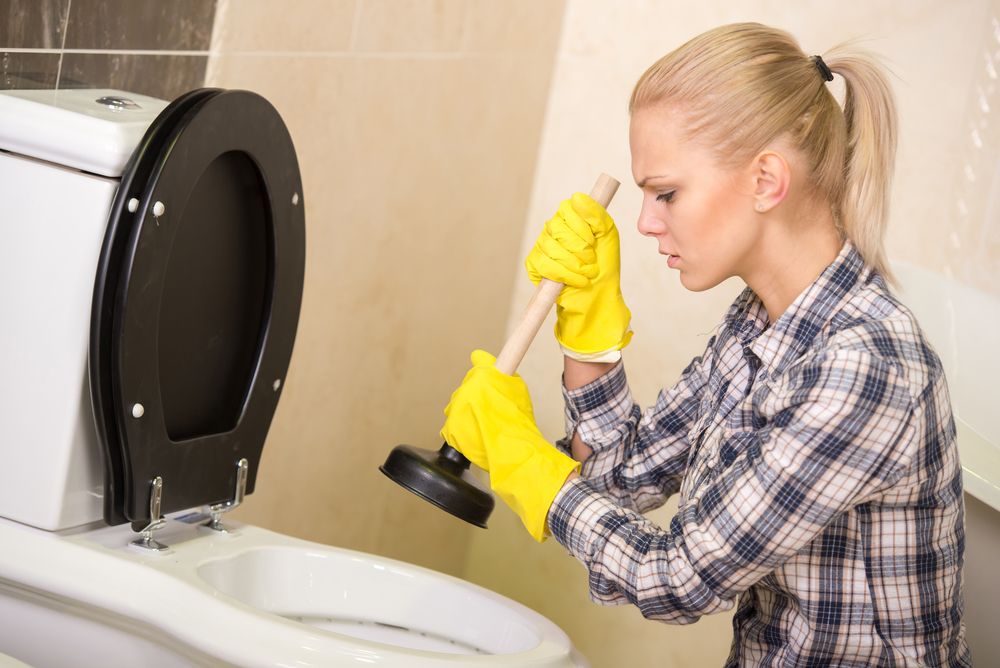If you’ve ever had a plumbing emergency, then you know that it can cause quite a bit of stress and panic in the moment—especially if it means flooding or other water damage. Luckily, many common issues can be easily identified and repaired with some basic troubleshooting.
In this article, we’ll give you all the steps necessary to diagnose an issue as quickly as possible so that your precious time and resources aren’t wasted on unnecessary repair bills. Read on for tips to get your household running smoothly again.
While you can take measures to troubleshoot and resolve outstanding issues, when it gets to be too much, you’ll likely need the help of a professional plumber. In this case, if you live in the Chicago, Illinois area, consider contacting experts like J Blanton Plumbing for help with any emergencies.
If Your Sink is Clogged, Use a Plunger to Try to Clear the Obstruction
Plungers are an essential tool for any homeowner, and they can easily solve a sink clog in minutes. The key is to make sure you have a good seal around the drain opening. Once that’s done, pump the plunger up and down for several seconds before releasing it.
You may have to repeat this process several times, but eventually, the clog should be dislodged. Before attempting to repair a sink clog with a plunger, always check that the trap of your sink is not blocked by any foreign objects or debris.

If the issue persists after using a plunger, then it may be time to move on to more advanced methods, such as a drain snake or chemical cleaner. These more advanced tools should only be used by a professional, so call a plumber if you’re not sure how to proceed.
It’s also important to remember that even after successfully unclogging your sink, it may still take some time for the water to clear completely. This is because air needs to be reintroduced into the system, and this can take a few minutes.
If Water is Overflowing From the Sink, Turn Off the Faucet at the Source
If you have an overflowing sink, the first thing to do is turn off the faucet at the source. This will stop more water from entering the system and prevent further damage.
Next, check for a clog in your drainage system by running some cold water into the sink while keeping an eye on any slow-draining areas. If the water continues to overflow and won’t drain, it may be time to try more advanced methods.
If the clog is in the drain line below your sink, you may need to contact a professional plumber to help unblock it. Always remember to take extra precautions when dealing with overflowing water, as it can cause dangerous electrical shocks and other hazards.
Finally, once the clog is cleared and the faucet is turned off at the source, make sure to check for any further signs of damage, such as wet walls or floors around the sink area.
If You Have a Leaky Pipe, Tighten the Connection or Replace the Washer
Leaky pipes can quickly become a major problem if not addressed right away. The first step is to identify where the leak is coming from, and then you can assess what needs to be done.
If the leak is originating from a joint, it’s likely just a matter of tightening the connection or replacing the washer. To do this, simply use a wrench to tighten the nut at the point of attachment.
If tightening the connection doesn’t solve the issue, it’s time to replace the washer. This involves carefully removing the old washer and then replacing it with a new one that matches your existing size and type. Make sure you use plumber’s tape to secure the connection and prevent further leaking.
If the leak is coming from a crack or hole in the pipe, then you may need to replace it completely. This will involve disconnecting the old pipe and then attaching a new one of equal size and material.
In either case, if you’re not confident about making repairs or replacements on your own, it’s best to contact a professional plumber for help. They will be able to assess the situation quickly and provide you with the proper solutions to get your plumbing system back in working order.
If Your Toilet is Overflowing, Shut Off the Valve Behind It
If your toilet is overflowing, the first step is to shut off the valve behind it. This will stop more water from entering the system and prevent further damage.
Next, check for a clog in the drainage system by running some cold water into the toilet bowl while keeping an eye on any slow-draining areas. If the water continues to overflow and won’t drain, it may be time to try more advanced methods such as a plunger or chemical cleaner.
If the clog is in the drainage system below your toilet, you may need to contact a professional plumber to help unblock it. Always remember to take extra precautions when dealing with overflowing water, as it can cause dangerous electrical shocks and other hazards.
Finally, once the clog is cleared and the valve is shut off, make sure to check for any further signs of damage.

Conclusion
Emergency plumbing issues can be overwhelming and cause a lot of stress, but with the right knowledge and tools, you can take care of most problems on your own.
Knowing how to identify the source of the problem, shut off the water supply at its source, check for clogs in the drainage system and replace any damaged parts will help to get your plumbing system back up and running in no time.
Of course, if you’re ever uncertain about making repairs or replacements on your own, it’s best to contact a professional plumber for help.





